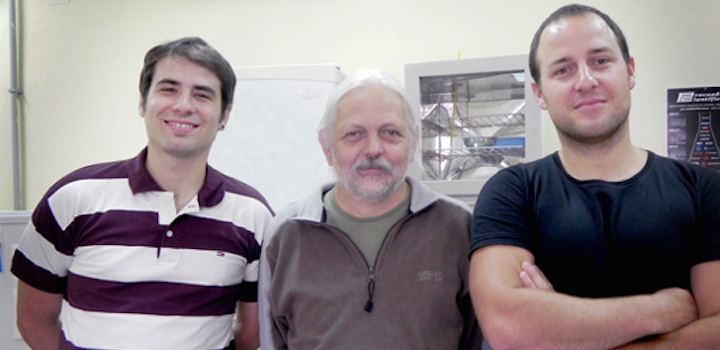CONICET researchers identified molecules that trigger repair mechanisms in these mature nerve cells.
Neurons are the cells of the nervous system responsible for receiving and outputting decode signals that allow information and respond with adequate organ function, either nervous level, muscular o glandular. They communicate with each other through nerve impulses that are transmitted from one neuron, along extensions called axons, and they are captured by the extensions, so-called dendrites, from other.
The process of inter-neuronal connections called synapses. This 'wiring' can be damaged by accidents or diseases and various, if the damage is localized in the central nervous system may be, for instance, paralysis or blindness.
While neurons in the development stage are able to generate all its components, as adults axons injuries may be permanent.
This is a very serious problem in medicine and which revolves around the theme of study group led by Santiago Quiroga, principal investigator of the Center for Research in Biological Chemistry Córdoba (CIQUIBIC, CONICET-UNC). The work was published earlier 2013 in the magazine PLOS ONE.
"We work in growth of axons during development. This time we study an aspect of the process but in mature neurons. We have analyzed the growth factor similar to insulin 1 (IGF-1) and receiver, and both appear to be essential for the growth of new axons into mature neurons ", He explains researcher.
The regeneration of these extensions is essential to restore normal functioning of the nervous system, but it entails many difficulties. The mechanism described by the group functions through a PI3K enzyme called, activates different signaling pathways within the cell and results of an axon growth. This process is extensively studied during the development of neurons when develop axons, but this is the first time it is shown that can help in the regeneration of these extensions in adult cells.
"This opens the possibility of increasing the activity of this signaling pathway and facilitate the re-growth of new axons", Quiroga projects. Nevertheless, as he himself explains, to solve the problem not only has to grow an axon but, also, You have to travel to the specific rightful place and function properly. "From all that we have seen only a small part and although opens promising possibilities in the field of gene therapy, much progress still needed ", concludes.




